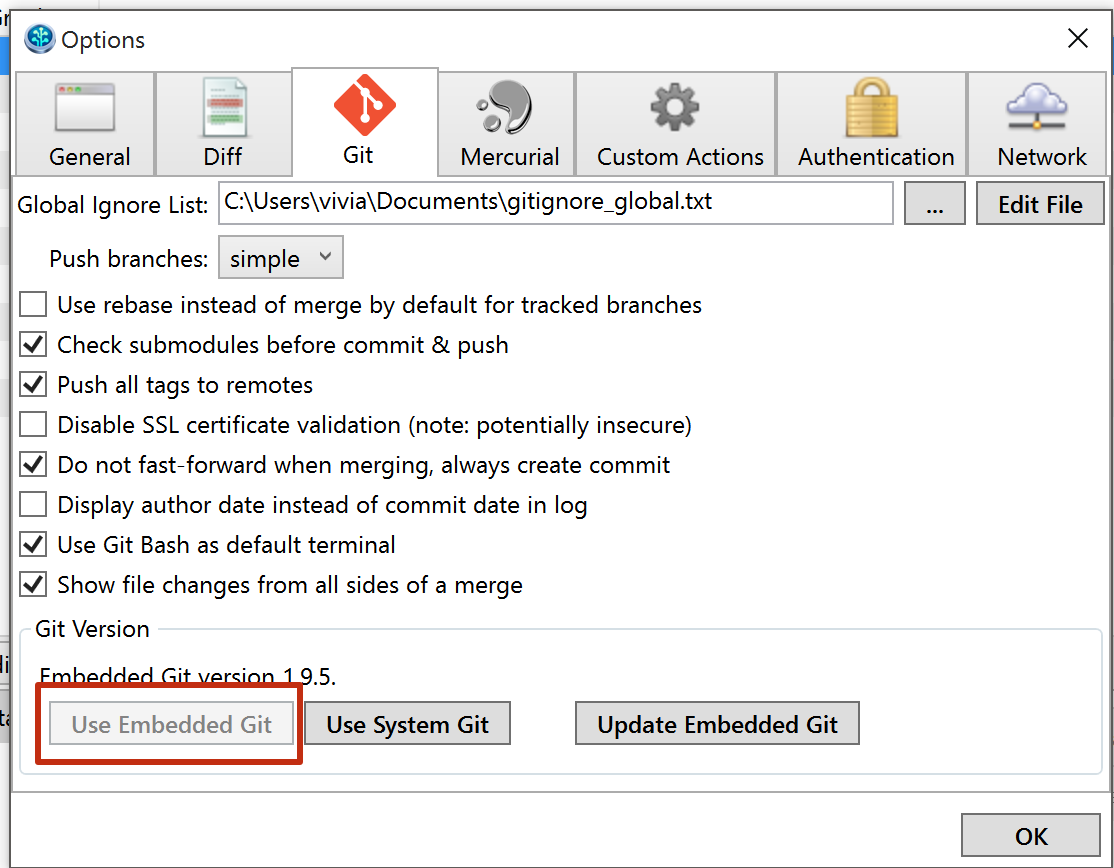
Extract .git File For Mac
You will see files or folders within the RPM file then, click button Extract to extract the RPM file. Alternatively, Right-click on RPM file on Windows Explorer And then, choose Extract files., Extract Here, or Extract to 'folder ' to extract the RPM file. How to use ipad as drawing table. Keka is a compression and extraction tool that’s available in the Mac App Store and as a standalone installation. Once installed, all you have to do is double-click on a RAR file to extract it, or right-click on a RAR file and select Open.
• Consist of a single ZIP file or WAR file (you can include multiple WAR files inside your ZIP file) • Not exceed 512 MB • Not include a parent folder or top-level directory (subdirectories are fine) If you want to deploy a worker application that processes periodic background tasks, your application source bundle must also include a cron.yaml file. For more information, see.
If you are deploying your application with the Elastic Beanstalk Command Line Interface (EB CLI), the AWS Toolkit for Eclipse, or the AWS Toolkit for Visual Studio, the ZIP or WAR file will automatically be structured correctly. For more information, see,,. Myapplication.py README.md static/ static/css static/css/styles.css static/img static/img/favicon.ico static/img/logo.png templates/ templates/base.html templates/index.html As noted in the list of requirements above, your source bundle must be compressed without a parent folder, so that its decompressed structure does not include an extra top-level directory. In this example, no myapp folder should be created when the files are decompressed (or, at the command line, no myapp segment should be added to the file paths). This sample file structure is used throughout this topic to illustrate how to zip files.
To zip files in Mac OS X Finder • Open your top-level project folder and select all the files and subfolders within it. Do not select the top-level folder itself. Creating a Source Bundle for a.NET Application If you use Visual Studio, you can use the deployment tool included in the AWS Toolkit for Visual Studio to deploy your.NET application to Elastic Beanstalk. For more information, see. If you need to manually create a source bundle for your.NET application, you cannot simply create a ZIP file that contains the project directory.
You must create a web deployment package for your project that is suitable for deployment to Elastic Beanstalk. There are several methods you can use to create a deployment package. ~/workspace/source-bundle/ --.ebextensions -- environmentvariables.config `-- healthcheckurl.config -- AspNetCore101HelloWorld.zip -- AspNetCoreHelloWorld.zip -- aws-windows-deployment-manifest.json `-- VS2015AspNetWebApiApp.zip Testing Your Source Bundle You may want to test your source bundle locally before you upload it to Elastic Beanstalk.
Because Elastic Beanstalk essentially uses the command line to extract the files, it's best to do your tests from the command line rather than with a GUI tool. To test the file extraction in Mac OS X or Linux • Open a terminal window (Mac OS X) or connect to the Linux server. Navigate to the directory that contains your source bundle. • Using the unzip or tar xf command, decompress the archive.
• Ensure that the decompressed files appear in the same folder as the archive itself, rather than in a new top-level folder or directory. Note If you use Mac OS X Finder to decompress the archive, a new top-level folder will be created, no matter how you structured the archive itself. For best results, use the command line. To test the file extraction in Windows • Download or install a program that allows you to extract compressed files via the command line. For example, you can download the free unzip.exe program from. • If necessary, copy the executable file to the directory that contains your source bundle.